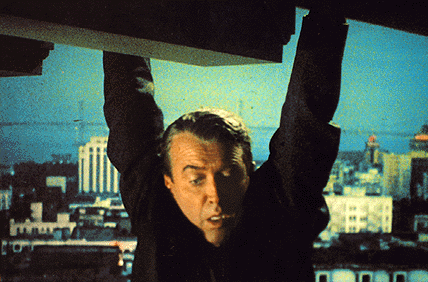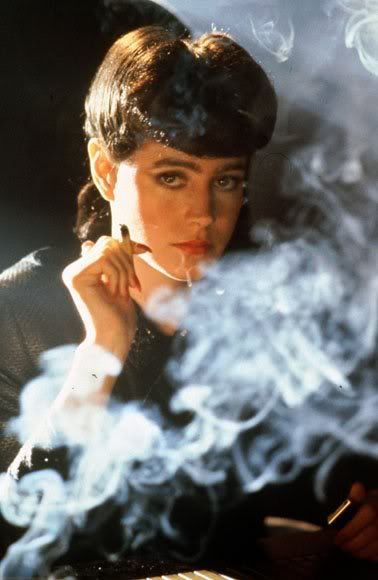
"A Key Work in the history of film"
It can be argued that there is no story or character more adapted and done in film than vampires, and Bram Stoker’s novel Dracula. It has been done so much that we are going to be doing a week of Dracula, and even then there are more to go on the list. Our first film in this our first Dracula/Vampire week is Nosferatu: eine Syphonie des Grauens, a German film released in 1922. Nosferatu was a film I didn’t know very much about. To be honest, the only time I had ever heard of it before a year ago was on an episode of Spongebob. But then again, the combination of Dracula – I used to avoid horror films like the plague – and silent films, which I haven’t looked at seriously until very recently. However, looking at the film now, I really wish I had discovered these movies earlier.
The story of this film is funny. Funny in that it very closely resembles the novel written by Bram Stoker that it’s based on, but is just slightly different. This is because the film makers could not gain the rights to the book. Instead of taking place in London, the story takes place in a small village in Austria Hungary. The main character is Thomas Hutter, a young, ambitious real estate agent, who has recently been wedded to a woman Ellen. The real story begins when Hutter’s boss, Knock tells Hutter that one Count Orlok is interested in buying a house in town, and Knock sends Hutter to sell him the house across from his. So, Hutter sets out, and starts exxperiencing creepy stuff. Despite the warnings of the villagers he meets, he presses on, eventually reaching the castle. Hutter is eventually successfully sells the house to Orlok, but in the process discovers that Orlok (Dracula) is a nosferatu (vampire), and is hell-bent on taking Hutter’s (Harker‘s) wife (fiancé) for his own. Orlok incapacitates Hutter, and sets out to get at Ellen (Mina). Hutter eventually comes to his senses, and the story becomes a race between Orlok and Hutter to get home first. Hutter succeeds, but Orlok is fast on his heels. In the meantime, Knock has become the equivalent of Renfield in the book, and starts going crazy. When Orlok arrives, as in the book, he comes by boat, and ends up killing everyone on board. When the boat arrives, the townsfolk suspect plague, and so put the whole town on quarantine. When people start dying, the townsfolk blame the whole thing on Knock, and so start chasing him through the town. Ellen, in the meantime, starts doing research, and learns that the only way to defeat the nosferatu, is not by a steak through the heart, but by seducing him the entire night, and getting him caught in daylight. She does this, much to Hutter’s dismay, and the film ends with Orlok dead, and Ellen dying in Hutter’s arms.
As I said before with Metropolis, I love the acting in these silent films. The concept of emoting rather than dialogue is compelling and different enough for me to find it interesting. Hutter is quite good, and Ellen is absolutely gorgeous, always a must for these types of films. Naturally, the show stealer in this film is Orlok. Playing the count, he is quite good, but as the Nosferatu, he is stupendous. It really is one of those seminal roles, like Boris Karloff playing Frankenstein’s Monster, or Bela Lugosi playing Dracula a decade later. The camerawork in this film is equally good, it’s nearly a character of its own. There are some truly spectacular shots of the beautiful Carpathian mountains. The film also does a great job with shadows. One of my favorite scenes is Orlok closing in on Hutter, and the scene shows the shadows of the claws of the nosferatu enveloping him. Another cool thing the film does is differentiate between night and day. Naturally this film came out before the development of lighting and night shooting, so the film shoots everything during the day, and differentiates with different filters – a yellow one for day, and a blue one for night.
The only problem I have with this film, as I had with Metropolis, is the music. These silent films generally had live music that was performed live to the music, meaning there is no audio tracks in these films. Because of that, when these films are restored, a composer comes in and makes a new audio track for the film. Usually these tracks are atrociously bad, and often do not match with what’s going on in the film. For Nosferatu, this is particularly bad. It got so unbearable that at one point I actually did mute the sound because it was that bad. However, int eh face of the overall excellence of this film, the music is tolerable.
Dracula seems to be one of those stories that has captivated audiences since the story was first published in the 1880s. It is one of the most done – or possibly overdone – stories and genres in film. From Les Vampyrs to Twilight, vampires have been sparking the imaginations of humanity for generations. And this is why this film is on the list. It’s one of the first – and certainly the first feature length – vampire films to ever come out, and the first Dracula adaptation. Because of this, this film has come to be a seminal – archetypal – film, and has come to establish many of the tropes common in vampire films. It’s also notable for its special effects and costume work, not to mention the stupendous job of Max Schreck as Count Orlok. All of these things combine to make one of the greatest, and most monumental movies in film, a film that needs to be seen by any patron of film.









